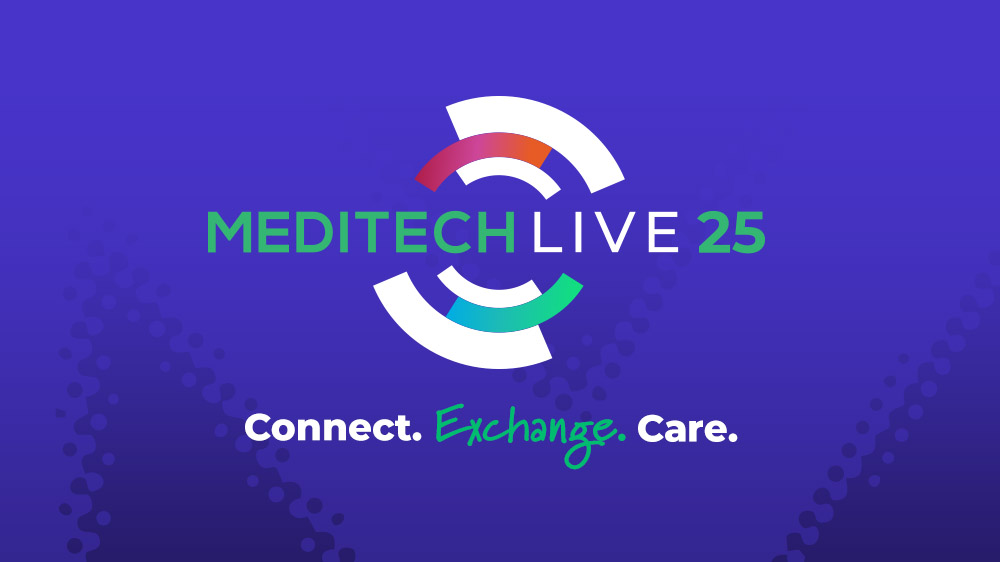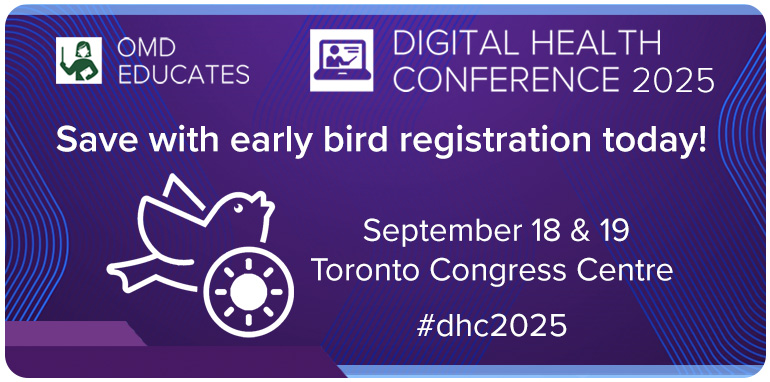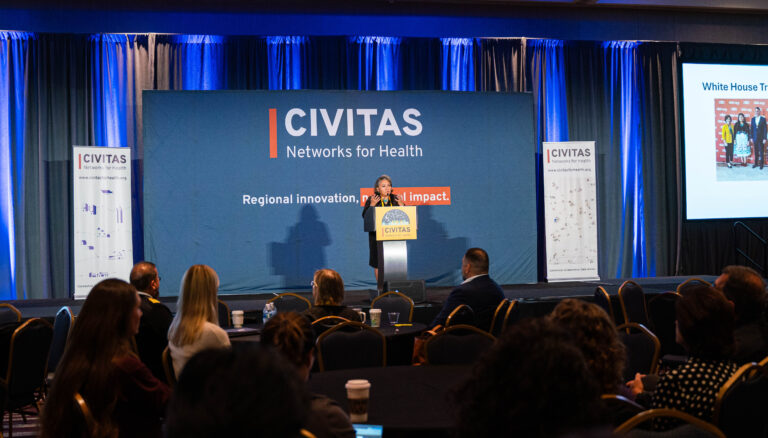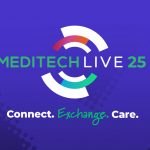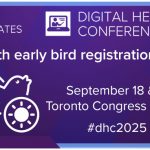The inefficiencies of the U.S. healthcare industry have resulted in a bloated system with a budget of around $3 trillion, making up nearly one fifth of the national GDP. While the government has passed many different legislations to deal with the spiraling cost of healthcare, the industry has taken matters into its own hand by implementing a wide range of technologies to introduce new levels of efficiency. However, the disparate systems being used by health organizations across the country have created yet another problem because they are not compatible with each other. A new analysis from Frost & Sullivan has revealed there is a great opportunity in the marketplace for vendor-neutralconnectivity solutions that can address this particular problem.
The report, titled “Healthcare and Medical Device Connectivity and Interoperability”, stated having a connected health infrastructure for different devices and workflows will improve the way healthcare providers diagnose, monitor and prevent conditions. This will require an efficient infrastructure in which all stakeholders have a standard interoperability and connectivity platform.
The absence of a comprehensive digital healthcare strategy by the industry highlights the problem currently affecting how the available technology is being used, which lacks uniformity. This was emphasized by Frost & Sullivan Healthcare Research Analyst Shruthi Parakkal, who said “More than 50 percent of healthcare providers do not have a healthcare IT roadmap, although they acknowledge the role of digital health in enhancing healthcare efficiency. Consequently, even the existing interoperability standards such as HL7, DICOM and Direct Project are not being utilized optimally by many providers.”
The problem is further exacerbated by the many different vendors that supply disparate software and hardware that require costly upgrades and reviews, which is getting more complicated with each new development. Additionally, these vendors are not able to guarantee connectivity between devices from the many manufacturers currently supplying the healthcare industry.
This has resulted in high demand for manufacturers who are producing vendor-agnostic and open medical connectivity solutions, as noted by Parakkal.
The challenges facing OEMs as outlined by Frost & Sullivan include:
- The lack of expertise or the willingness to utilize new IT tools, they do not develop their own gateway solutions.
- They don’t consider themselves software (embedded) developers and prefer not to devote time to updating their solutions to keep pace with developments in healthcare IT.
- New connectivity gateways and workflows need to be passed through regulatory authorities (though it is not an FDA mandate) but not all OEMs have the bandwidth to do this. Hence, most OEMs do not guarantee network support through their own connectivity gateway.
- Medical device connectivity has currently not benefited from standardization and device manufacturers lack the proactive culture evident in other high-risk industries such as aerospace.
- New device capabilities and functionalities, such as mobile access, compel OEMs to invest heavily in embedded systems to stay current; however, most OEMs find it difficult to upgrade frequently.
Introducing interoperability for the devices that are making healthcare more efficient than any other time in history is extremely important. However, the sheer size of the industry and complex regulations is going to slow the adoption process. Let us hope healthcare providers, manufacturers and government regulators come together to solve this problem as soon as possible so everyone can afford healthcare once again.















